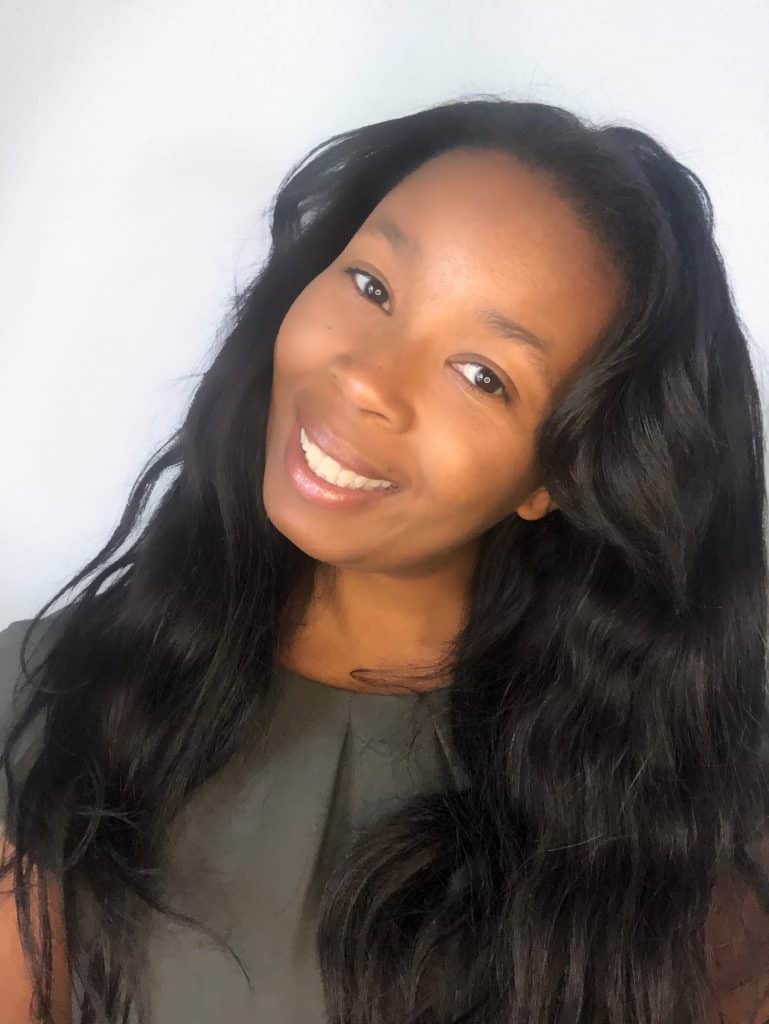Where Are All the Teachers of the Deaf?
Facing a Crisis for Deaf/Hard of Hearing Students and the Profession
Have you signed up for The Educator’s Room Daily Newsletter? Click here and support independent journalism!
Teachers continue to leave the educational profession at alarming rates – further exacerbating the teaching shortage in schools across the country. Under overwhelming teaching conditions, those who remain in education are asking, “What will happen to all the children?” as their colleagues who teach choose to leave the profession.
This crisis is particularly acute for Teachers of the Deaf. Recently, a friend shared that the preschool Deaf and Hard of Hearing self-contained program at a local school has closed. The news compelled me to recall the time that I was the only certified Teacher of the Deaf/Hard of Hearing on a school campus. Hearing my friend say that she will be the only preschool Deaf/Hard of Hearing teacher in the district this school year, I could only wonder what that means, not only for the preschool students that are Deaf or Hard of Hearing, but also for our teaching colleagues who are Teachers of the Deaf.
These colleagues will now shoulder and share the teaching responsibility of increased classroom sizes due to the loss of teachers from what is an already limited teaching community that supports children receiving special education services – specifically children that are Deaf and Hard of Hearing. The Board of Directors of the Division for Communication, Language, and Deaf/Hard of Hearing recently published a resource that highlights the critical importance of having certified Teachers of the Deaf.
We must prioritize recruiting and retaining educators to serve and lead as Teachers of the Deaf.
Teachers of the Deaf Provide Education Leadership for the Deaf Culture
Many educators and education leaders have a limited understanding of Deafness and are unaware of the linguistic and cultural components of the Deaf community. Specially trained Teachers of the Deaf “address the language development and academic needs of this vulnerable population [of students].” As a Teacher of the Deaf, I invite deaf adults from the community to engage with my students. I also create opportunities for collaboration between other Deaf programs and my classroom so that my students can establish connections with their Deaf peers and have models of language and communication from other deaf students. We must ensure students have appropriate support and access to Deaf culture as we navigate the space of losing Teachers of the Deaf without a recruitment and retention process and strategy for recruiting and retaining such specialized teachers.
Teachers of the Deaf Fight Language Deprivation in Deaf Students
Language deprivation is not uncommon in students that are deaf. 80% of Deaf/Hard of Hearing children are born into hearing families, yet, only a third of that 80% learn American Sign Language (ASL). As a result, students have limited language exposure. When a student enters a Deaf/Hard of Hearing program or receives services, they receive access to a specially trained teacher who has in-depth knowledge and understanding of the diverse language and communication methods for deaf/hard of hearing students. I have had students with limited language exposure arrive in the second grade who were using family gestures to meet their language and communication needs. Teachers of the Deaf are experts in instructional strategies and pedagogy evidence-based and specifically designed for Deaf/Hard of Hearing students. As certified teachers leave the classroom, we risk increasing language deprivation and equitable, accessible learning among deaf/hard-of-hearing students.
“We must prioritize recruiting and retaining educators to serve and lead as Teachers of the Deaf.” Where Are All the Teachers of the Deaf? Click To Tweet
As a formally educated Teacher of the Deaf, my core Deaf Education program courses were embedded in and physically held at the school for the Deaf – taught by education practitioners within the school community. Moving from Buffalo, New York and living and teaching in Nevada, it was interesting to learn that there was no Deaf and Hard of Hearing Education Program in Nevada (or many states) at the college level. There are interpreter programs for the Deaf/Hard of Hearing; however, there is a clear distinction and delineation between Interpreters for the Deaf/Hard of Hearing and Teachers of the Deaf/Hard of Hearing (TODHH).
We need more Deaf and Hard of Hearing education preparation programs and pathways so that we can provide adequate learning and support services for Deaf/Hard of Hearing learners. I worked with a paraprofessional who was interested in becoming a Teacher of the Deaf/Hard of Hearing. They encountered two challenges – the first being there is no degree program in the state to become a Teacher of the Deaf/Hard of Hearing, and secondly, there is no pathway for her to become a teacher as she works as a paraprofessional educator. Nevada has recently established a pathway for paraprofessionals to become teachers, but no such preparation or pathway exists for paraeducators or interested individuals to become Teachers of the Deaf and Hard of Hearing.
We must prioritize educational equity and access for all children – including prioritizing the quality of education for Deaf/Hard of Hearing children. We must collectively take action to recruit and retain Teachers of the Deaf to ensure that Deaf and Hard of Hearing students have access to highly-quality, licensed educators who are specially trained in deaf culture, awareness, and language acquisition and development. Our children deserve an equitable, excellent education that honors their multiple identities and meets their diverse needs.

Felicia Rutledge, Ph.D., serves as a Regional Multi-Tiered System of Supports Coordinator at the University of Nevada, Reno, supporting educators with implementation of tiered supports. She is a special education consultant and coach, a Teach Plus Nevada Senior Policy Fellow, and a Nevada Succeeds InspirEd Global Fellowship Alumna.
Editor’s Note: If you enjoyed this article, please become a Patreon supporter by clicking here.




